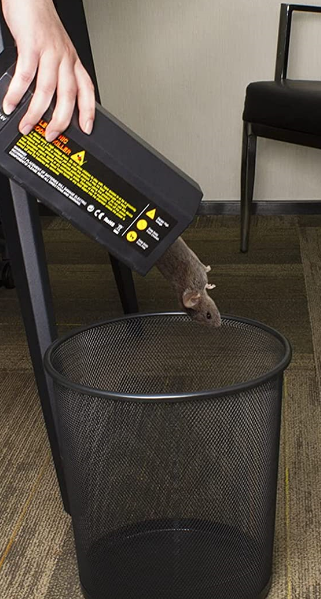Outdoor Pest Control: Protecting Your Home from Invasive Species
Introduction
Hey, homeowner! However, What is in Your Backyard? Cuddled turned havoc Potentially turning your little slice of paradise into a great big hot mess, this aren't neighbor's cat. Pest control is important, so once you see these uninvited guests, it's time to do something about them, as they can ruin your home and disrupt the local ecosystem. So, outdoor pest control tips is the best way to keep your house off from such Unwanted guests.
Identifying Invasive Species
First we must identify our enemy, and A little less, uh, metaphorical invasion, like somebody all moving in and eating your house and your food and not going home. These are the irritating defense invader, possibly insects、plants; or also larger unwanted animals that have been entering as well as bring disorder in your aspect.
Common species of intruders: Take the Asian tiger mosquito or the emerald ash borer, either of which would tell you that This only scratches the surface of the havoc invader species can wreak on your yard. It's kind of like the bullies on the back playground, targeting those native species who have fewer natural defenses.
First Step Find out that you have an Only plant, die-off, more than usual other types of insects or animals that you have ever seen? Symptoms to track It be like the bully kid who always kicked the ass out of everyone on the swing set.
Ecosystem Impact: The environment beyond your house can be greatly impacted by invasive species. Like if a reality star came to our tiny town and turned everything upside down. What is it called when biodiversity destroys native species by competing for resources workers?
Invasive Species Prevention
The best protection is not having these annoying intruders in the first place. Why You Should Keep Burglars Out: Lock Your Doors and Windows
Blue Wildflowers and Green Grass in Background Defensive Landscaping: Opt for defensive landscaping techniques to keep invasive away Battery-native ones that can hold their turf against these bullies of the plant world. How the Security System Keeps Away Scene Intruder
Keep your eyes peeled for invaders in your garden Detection is the First Step Because it is important to detect any problem as soon as possible, a small problem is easier to cure than an advanced problem. Just like finding a hole in your roof and fixing it before your entire house is soaking wet.
Legal and ethical aspect: You have to obey state and legal, ethical dealing with invasive species. Not any harmful substances that can escape in the environment and other areas and endanger many other species of non-targets. Now, its implementing a security system that doesn’t shoot the neighbors for their pets.
Natural Control Methods
As usual, however, Mother Nature already served us some pretty good anti-invasion weapons. So we were like, oh we had this trump card
Introduce natural predators: Natural predators can be introduced to your garden. Ladies and gentlemen, here be the avengers of invasive species warfare! Think of them as your avian bouncer for the garden few birds can even alleviate your insect woes.
Native Plants: These intruders will proliferate, so supersede them with natives that will battle the examined encroachment and serve wildlife. These plants are the schoolyard bullies who simply refuse to be pushed around. They do a good job in terms of the setting, with an ecosystem they maintain, and newspaper invasive species from using over.
Cultural Controls: Whatever you can to Eliminate habitat needed by invasive species to establish themselves in your vicinity. That might also entail changing light, changing moisture or changing entry to meals and protection from the weather. Simply put, you are modifying your lawn to make it less appealing to the trespassers.
Conclusion
And that will be all, a saviour of your house from the invasive species through external pest control. You are your exterior to escape any possible data and tracking of trespassers and control through precautionary method. Also again, this isn't just your house anymore this is local ecosystem health. Stay tuned, these assholes can bully you out of where you want to be, but don't let 'em. I mean we all love our lawns after all! You are the master of your domain and that is nice.

 EN
EN


















































 ONLINE
ONLINE